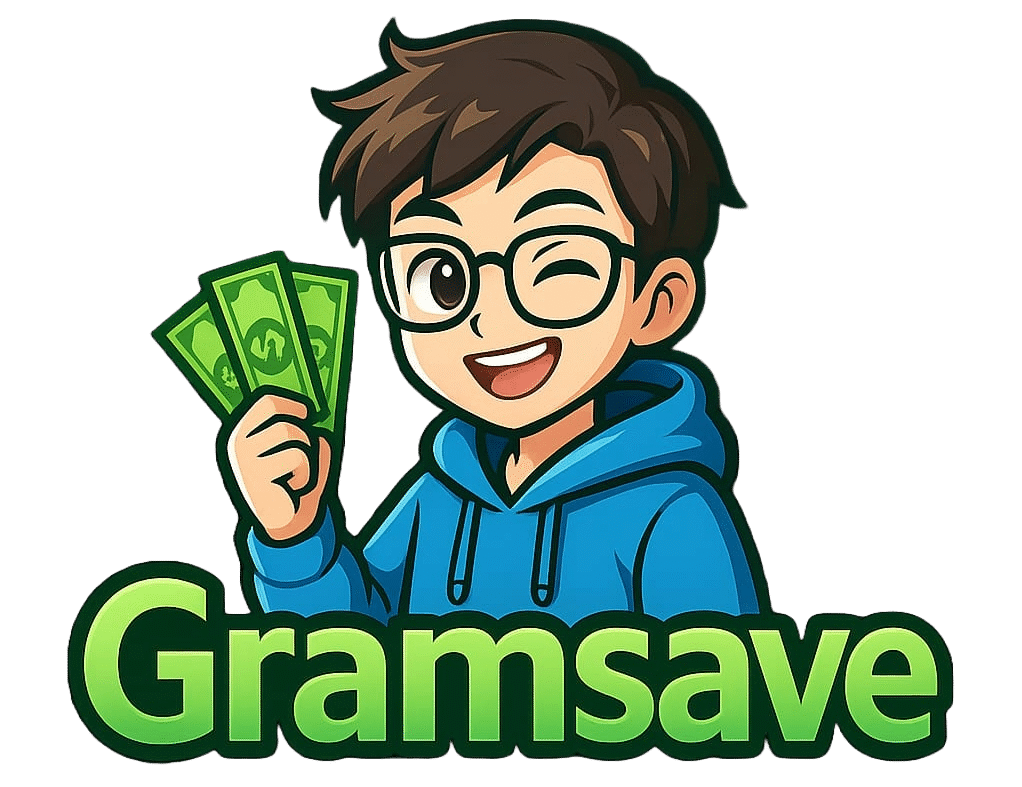Introduction: Stop Undervaluing Your Talent
Freelancing offers freedom, flexibility, and the thrill of being your own boss — but one of the toughest challenges every freelancer faces is deciding how much to charge. Many talented professionals underprice their services because they fear losing clients. Others overprice without a clear strategy and end up scaring potential customers away.
The truth is, setting your rates isn’t just about picking a random number. It’s about understanding your value, market demand, skills, experience, and business goals. When you learn how to price your work strategically, you stop working for survival and start working for growth.
This guide breaks down how to build a winning freelancer pricing strategy that helps you charge confidently, attract quality clients, and earn what you’re truly worth — without guilt or guesswork.
H2: Why Pricing Strategy Matters More Than You Think
Your pricing strategy is more than just a number — it’s a signal of your value and a reflection of your professionalism.
Clients often use price as an indicator of quality. If you charge too little, they may assume you’re inexperienced. If you charge too much without justification, they might walk away. The key is finding that sweet spot — where your rates communicate skill, credibility, and fairness.
Here’s why your pricing approach matters:
-
Positions you in the market: Pricing helps you stand out from the competition and attract your ideal clients.
-
Builds client trust: Transparent and consistent pricing shows professionalism.
-
Secures financial stability: A strategic pricing model ensures you earn enough to cover your time, expenses, and growth.
-
Boosts motivation and confidence: When you know you’re being paid fairly, you work better and deliver higher-quality results.
H2: The Most Common Pricing Models for Freelancers
Before setting your rates, you need to decide how you’ll charge. Different projects, industries, and clients call for different pricing models. Here are the main ones:
1. Hourly Rate
You charge clients based on the number of hours you work.
Best for: Projects with uncertain scope or ongoing maintenance (e.g., graphic design updates, customer support, or consulting).
Pros:
-
Simple and transparent
-
Protects you if the client adds extra work
Cons:
-
Limits income growth (since time is capped)
-
Clients might monitor your hours too closely
2. Project-Based Pricing
You charge a fixed price for the entire project.
Best for: Clearly defined projects like website design, article writing, or video editing.
Pros:
-
Rewards efficiency (you earn more for working faster)
-
Clients prefer knowing the total cost upfront
Cons:
-
Risky if scope increases
-
Requires accurate project estimation
3. Retainer Model
Clients pay a set fee monthly for ongoing access to your services.
Best for: Social media management, SEO, content creation, or tech support.
Pros:
-
Predictable income
-
Builds long-term client relationships
Cons:
-
Requires consistent performance and communication
-
Not ideal if you prefer short-term gigs
4. Value-Based Pricing
You charge based on the value your service creates for the client — not your time or costs.
Example:
If your marketing strategy could help a client earn $10,000 in new sales, charging $2,000–$3,000 is fair.
Pros:
-
Allows higher earnings
-
Rewards your expertise and impact
Cons:
-
Requires client trust and good negotiation skills
-
Difficult to apply for beginners
H2: Factors That Should Shape Your Pricing Strategy
Pricing isn’t one-size-fits-all. Your ideal rate depends on multiple factors — personal, professional, and market-driven. Let’s explore the main ones:
1. Your Skill Level and Experience
-
Beginner (0–1 year): Focus on building a portfolio and testimonials. Start lower but not “cheap.”
-
Intermediate (1–3 years): Increase rates as your expertise and client base grow.
-
Expert (3+ years): You can command premium rates based on proven results.
| Skill Level | Typical Hourly Range (USD) | Description |
|---|---|---|
| Beginner | $10–$25 | Entry-level, learning stage |
| Intermediate | $25–$75 | Experienced and reliable |
| Expert | $75–$200+ | Specialized or niche expertise |
2. The Type of Work You Do
Creative work, strategy-based tasks, or technical services usually command higher rates.
| Service Type | Average Hourly Rate (USD) |
|---|---|
| Content Writing | $25–$100 |
| Graphic Design | $30–$120 |
| Web Development | $40–$150 |
| SEO/Marketing | $50–$200 |
| Video Editing | $25–$100 |
| Consulting | $100–$300 |
3. Market Demand
Check how much freelancers in your niche are charging on platforms like Upwork, Fiverr, or Freelancer.com.
If demand is high and competition is low — charge more. If the market is saturated, differentiate yourself with unique value.
4. Client Type and Budget
A startup may not pay the same rate as a well-funded corporation. Adjust pricing according to:
-
Company size
-
Project budget
-
Long-term potential
5. Your Location and Cost of Living
Rates often vary by geography. But remember — you’re not limited to local clients. Freelancers can charge global rates based on value, not location.
6. Your Business Expenses
Consider the hidden costs:
-
Taxes
-
Software subscriptions
-
Internet and utilities
-
Equipment
-
Time spent on non-billable work (emails, revisions, etc.)
Your pricing must cover these costs plus a profit margin.
H2: Step-by-Step Guide to Setting Your Rates
Step 1: Calculate Your Minimum Acceptable Rate (MAR)
Your MAR ensures you never work at a loss.
Formula:
Example:
If your total expenses and savings goal are $2,000/month and you plan to bill 100 hours:
So, you should never charge below $20/hour.
Step 2: Research the Market
Look at:
-
Freelancer profiles in your niche
-
Job postings with rate ranges
-
Feedback from previous clients
Use sites like:
-
Upwork Talent Directory
-
Glassdoor
-
PayScale
-
Indeed Salary Reports
Step 3: Adjust for Skill, Demand, and Value
If you have rare expertise or deliver exceptional results, increase your rate by 25–50%.
Clients pay more for trust, reliability, and impact.
Step 4: Decide Your Pricing Model
Choose between hourly, project, or value-based pricing based on project type and client needs.
Step 5: Test and Refine
Don’t set your prices in stone. Test new rates with each client and observe reactions:
-
Too many “yes” responses → You’re undercharging.
-
Frequent rejections → Adjust slightly down or add more value.
H2: Smart Tips for Communicating Your Rates Confidently
Even the best rates won’t work if you can’t communicate them effectively. Here’s how to handle pricing discussions like a pro:
1. Focus on Value, Not Cost
When explaining your price, emphasize the results your work brings — not the hours you’ll spend.
Example:
Instead of saying, “I charge $50/hour,” try:
“This package includes strategy, revisions, and optimized delivery that can improve your conversions by up to 30%.”
2. Use Tiered Pricing Packages
Offer 2–3 packages (Basic, Standard, Premium).
It helps clients choose based on needs and budget.
| Package | Features | Price (USD) |
|---|---|---|
| Basic | Starter deliverables | $300 |
| Standard | Includes strategy + 1 revision | $600 |
| Premium | Full service + optimization + support | $1000 |
3. Avoid Apologizing for Your Rates
Never say, “I know it’s expensive,” or “I can lower it.”
Be calm, firm, and confident. Professionals value professionals.
4. Include Pricing on Your Website
Displaying rates or price ranges on your website filters out low-budget clients and attracts serious inquiries.
5. Offer Optional Add-Ons
You can upsell premium services — like extra revisions, faster delivery, or advanced features — for an additional fee.

H2: Psychological Triggers That Influence Pricing
Psychology plays a big role in how clients perceive your value.
1. The Power of “Anchoring”
Start with your highest package first. It makes other options look more affordable by comparison.
2. Odd Number Pricing
Pricing at $499 instead of $500 feels psychologically lower — even if it’s just a $1 difference.
3. The “Premium” Perception
Higher prices often equal higher trust — if your portfolio backs it up.
4. The “Endowment Effect”
Clients value something more once they understand what they’ll lose without it. Emphasize outcomes, not features.
H2: When and How to Raise Your Rates
Many freelancers stay stuck because they’re afraid to increase rates — even after years of experience. But your prices should evolve as your skills, demand, and reputation grow.
When to Raise Rates
-
You’re fully booked and turning away clients.
-
You’ve improved your skills or gained certifications.
-
You deliver faster or higher-quality results.
-
Your cost of living has increased.
How to Do It Gracefully
-
Notify ongoing clients 2–4 weeks in advance.
-
Express appreciation for their trust.
-
Justify the increase with added value.
Example Email:
“Starting next month, my rate will increase from $40/hr to $55/hr. This change reflects the growing demand for my services and the added value I provide through improved tools and faster turnaround times.”
H2: Mistakes Freelancers Make When Pricing Their Services
Avoid these common traps that hold freelancers back:
-
Charging by emotion — setting prices based on fear or guilt.
-
Not accounting for non-billable time — emails, revisions, marketing, etc.
-
Never raising rates — your income stagnates while expenses rise.
-
Comparing yourself to beginners — value your unique strengths.
-
Working without contracts — leads to payment issues and confusion.
H2: Bonus — Tools to Simplify Your Pricing and Billing
| Tool | Purpose | Website |
|---|---|---|
| Bonsai | Contracts, proposals, and invoicing | hellobonsai.com |
| Toggl Track | Time tracking for hourly freelancers | toggl.com |
| Paymo | Task + time management | paymoapp.com |
| And.co | Automated invoices and expense tracking | and.co |
| Wave | Free invoicing & accounting | waveapps.com |
These tools save time, help you appear more professional, and ensure you always get paid on time.
H2: Example: Crafting a Winning Pricing Strategy
Let’s say you’re a freelance web designer.
Step 1: Define Monthly Goal
You want to earn $3,000/month.
Step 2: Estimate Working Hours
You can commit to 100 billable hours → base rate = $30/hr.
Step 3: Add Profit Margin (30%)
$30 + 30% = $39/hour (round up to $40).
Step 4: Create Packages
-
Basic Website (3 pages): $400
-
Business Website (5 pages + SEO): $800
-
Premium E-commerce Site: $1,500
Step 5: Offer Add-Ons
-
Logo design: +$100
-
Maintenance: +$50/month
This approach creates flexibility for clients — while protecting your income goals.
H2: Infographic — The Perfect Freelancer Pricing Formula
Visual Summary (text-based for readability):
H2: Key Takeaways
-
Your price = your brand. Don’t let fear dictate your worth.
-
Value > hours. Clients pay for impact, not effort.
-
Start smart, not cheap. Build confidence gradually.
-
Review every 6–12 months. Your growth deserves recognition.
-
Communicate clearly and confidently. You’re not asking for charity — you’re offering expertise.
Conclusion: Price Like a Professional, Not a Beginner
Freelancing isn’t a hobby — it’s a business. And every successful business has a pricing strategy that balances fairness, profit, and growth. Charging what you’re worth isn’t arrogance — it’s respect for your time, effort, and talent.
When you believe in your value, clients will too. Start small, refine as you go, and soon you’ll find that your rates don’t just cover your bills — they reflect the professional you’ve become.

